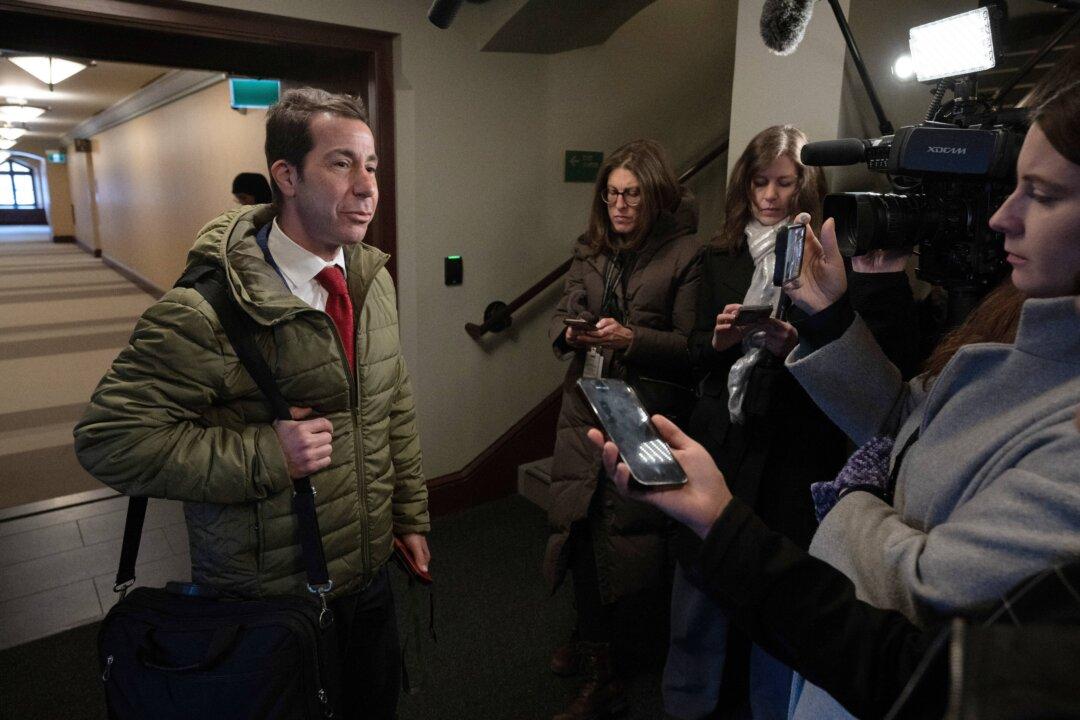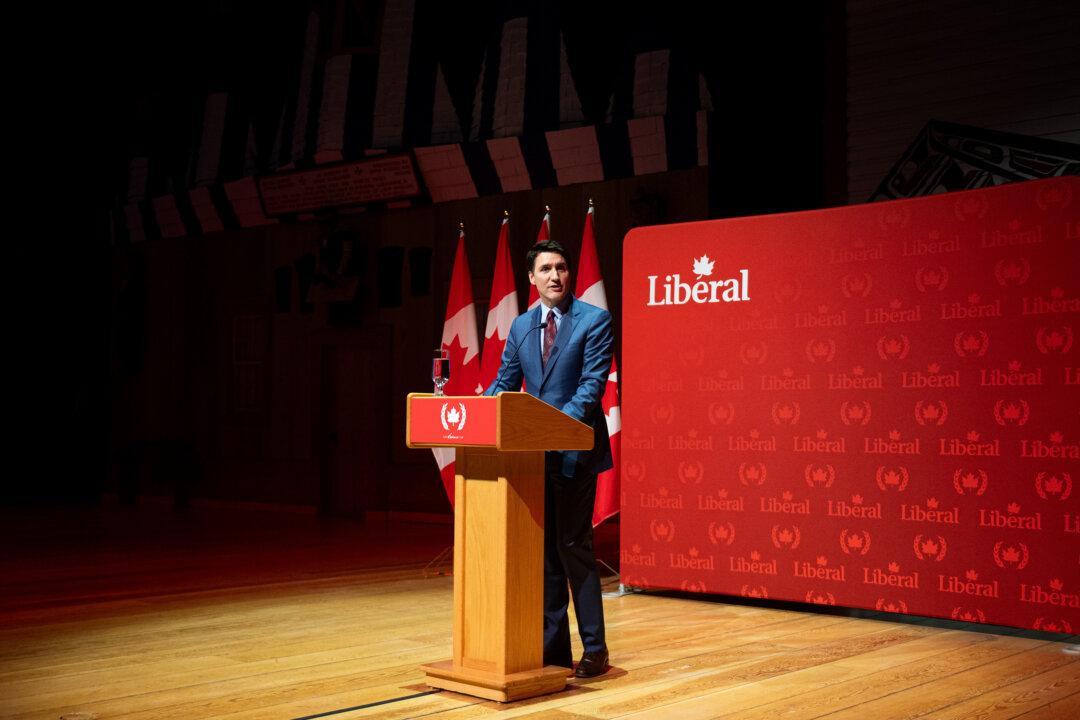Canada’s new environment minister Steven Guilbeault has a lot on his plate as the government seeks to tackle what it says is the existential threat of climate change.
“This is a priority for Canadians, who gave us this mandate. I’m humbled to be a part of it. On y va [Let’s go]!”
Many directives remain the same as 2019, such as achieving net-zero emissions by 2050, but the 2021 letter adds that the net-zero goal should be achieved “as soon as possible.”
Some previous objectives have also been tweaked to speed up their implementation, such as regarding the sale of zero-emission light-duty vehicles. The 2019 objective was set at 30 percent by 2030 and 100 percent by 2040. The new objective is 50 percent by 2030 and 100 percent by 2035.
Targeting methane emissions is a new measure Guilbeault is tasked with, part of the Global Methane Pledge launched at the UN Climate Change Conference in Glasgow last month. The goal is to implement regulations to reduce “oil and gas methane emissions in Canada by at least 75 percent below 2012 levels by 2030,” says the mandate letter.
As for the other measures targeting the oil, gas, and coal industry, Guilbeault is required to cap oil and gas sector emissions at current levels, phase out coal “as swiftly as possible” and no later than 2030, achieve a net-zero clean electricity grid by 2035, continue raising the “price on pollution” with the carbon tax, and accelerate the elimination of hydrocarbons subsidies from 2025 to 2023.
Reacting to the mandate letter, the Canadian Association of Petroleum Producers says its industry is “leading Canada’s economic recovery by supporting over 500,000 jobs and ... generating billions of dollars in much-needed revenues for government.”
Setting Goals
Some directives issued in 2019 are back in 2021, but with added measurable objectives.Whereas expanding and diversifying urban forests was a directive in 2019, Guilbeault is asked to “establish at least one new national urban park in every province and territory, with a target of 15 new urban parks by 2030.”
The previous minister was merely instructed to “ensure that Canada’s national parks and national historic sites are a source of national pride and enjoyment.”
Guilbeault’s mandate goes much further with the request to establish 10 new national parks and 10 new national marine conservation areas in the next five years.
The plan to reduce the use of plastic is also back, but this time with more detailed objectives, such as enforcing a recycling target of 90 percent of plastic beverage containers and requiring that all plastic packaging contains at least 50 percent recycled content by 2030.
Guilbeault is not asked to be involved in the initiative to plant two billion trees over 10 years, which was a requirement in 2019, but the item is in the mandate letter of his colleague, Minister of Natural Resources Jonathan Wilkinson, the previous environment minister.
‘Environmental Justice Strategy’
The mandate letter also tells Guilbeault to work with the minister of international development to provide “climate finance” to developing countries to address climate-related issues, including supporting “small island states at particular risk of climate-related emergencies.”There is a three-fold increase in items related to indigenous people and First Nations in the 2021 mandate letter compared to 2019, with a total of nine issues, in line with the government’s pledge to advance reconciliation.
For instance, Guilbeault is told to “identify, and prioritize the clean-up of, contaminated sites in areas where Indigenous Peoples, racialized and low-income Canadians live.”
There are other attempts to link progressive causes to environmental issues as the minister is asked to introduce legislation to develop an “environmental justice strategy” and examine the “link between race, socio-economic status and exposure to environmental risk.”





